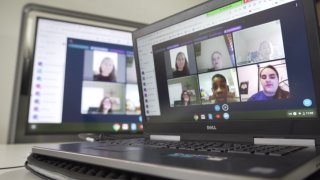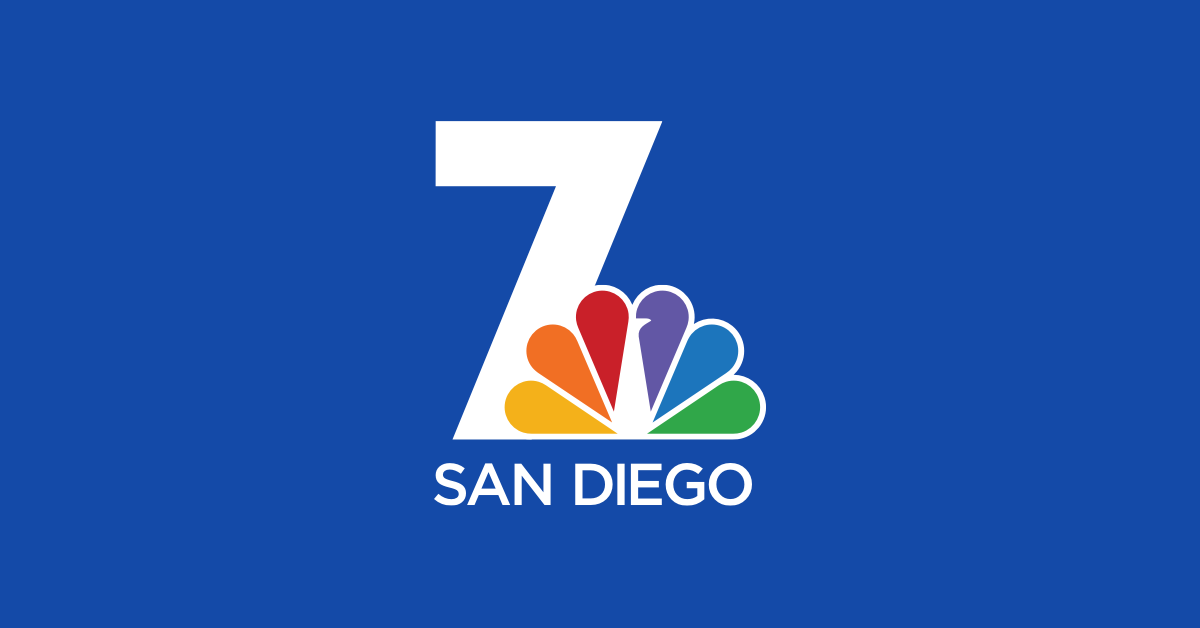
The COVID-19 pandemic has completely changed the way thousands of San Diegans work and learn. With it, strong internet connection is now a vital part of life.
Remote work and distance learning are just a couple of services that rely on high-quality broadband (internet) service. However, not everyone in San Diego has equal access to the internet, a gap commonly referred to as the digital divide.
The San Diego Association of Governments (SANDAG) conducted a broadband gap analysis in January, hoping to identify infrastructure gaps, service disparities, and areas where adoption is low.
Their 2021 report revealed significant disparities in age and socioeconomic groups, as well as in rural and urban areas when it comes to the digital divide.
Get San Diego local news, weather forecasts, sports and lifestyle stories to your inbox. Sign up for NBC San Diego newsletters.
SANDAG found 17% of seniors, age 65 and older in San Diego do not have a computer and/or broadband subscription.
School districts throughout the county had anywhere from 20-40% of their student populations lacking high-speed internet access according to SANDAG.
The report also showed two in five businesses and employees reported issues with internet connectivity while employees worked from home during the pandemic.
Local
High concentrations of low-income households without a broadband subscription include residents in City Heights (16%), San Ysidro (17%), National City (18%), and Barrio Logan/Logan Heights (21%) as per SANDAG's analysis.
Furthermore, around one in five lower-income households in the Central San Diego region were discovered not having broadband service at home.
SANDAG said there are multiple factors that may contribute to low adoption of the internet, with the most common being the lack of availability of service and affordability.
For more information on the report or to learn more about SANDAG’s efforts to bridge the digital divide, you can visit SANDAG's website here.



